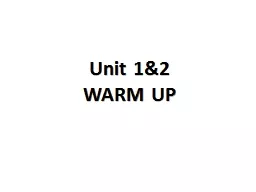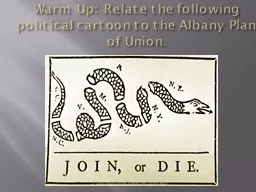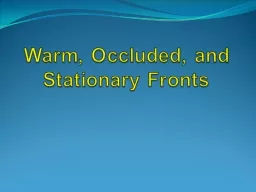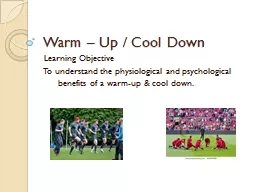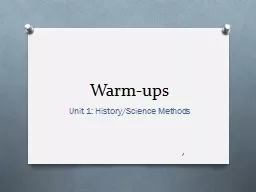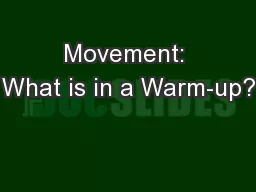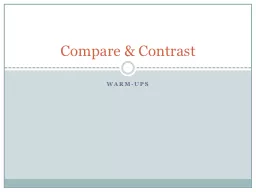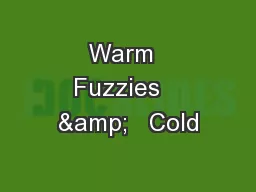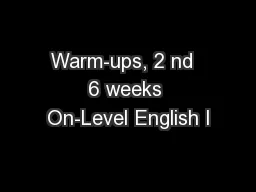PPT-Unit 1&2 WARM UP Questions.......
Author : tatyana-admore | Published Date : 2020-04-09
What is meant by 2 marks Explain two methods ways 46 marks How could Recommend 9 marks Use the case study when you state something back it up with a suggestion
Presentation Embed Code
Download Presentation
Download Presentation The PPT/PDF document " Unit 1&2 WARM UP Questions......." is the property of its rightful owner. Permission is granted to download and print the materials on this website for personal, non-commercial use only, and to display it on your personal computer provided you do not modify the materials and that you retain all copyright notices contained in the materials. By downloading content from our website, you accept the terms of this agreement.
Unit 1&2 WARM UP Questions.......: Transcript
Download Rules Of Document
" Unit 1&2 WARM UP Questions......."The content belongs to its owner. You may download and print it for personal use, without modification, and keep all copyright notices. By downloading, you agree to these terms.
Related Documents

